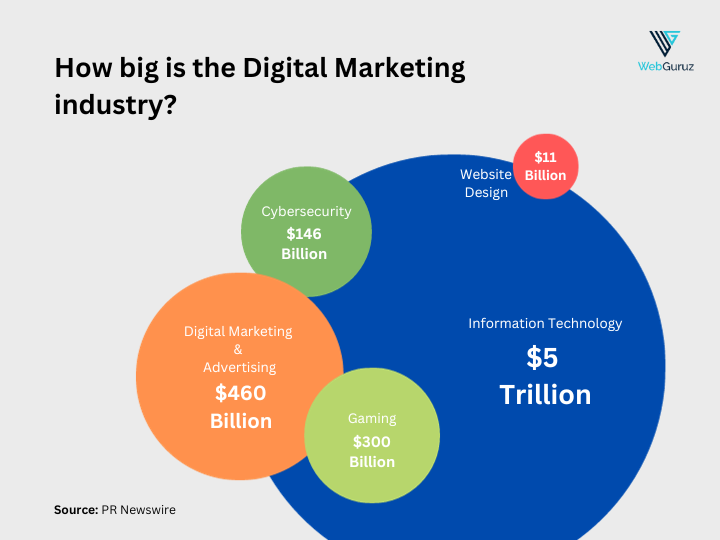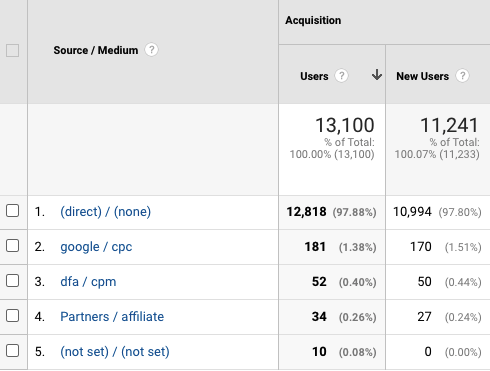Consumers are constantly connected to the internet through various devices. This presents a tremendous opportunity for small businesses to reach and engage with their target audience. Digital marketing allows you to expand your reach,
increase brand awareness, and drive more traffic to your website
. It enables you to connect with your customers on a deeper level, build trust, and ultimately drive sales.
Digital Marketing has surpassed the traditional forms of marketing such as print and advertising in effectiveness and efficiency.
The impact is even more evident with over 95% of small businesses planning to increase their spending on digital marketing this year.
Digital marketing offers numerous advantages over traditional marketing methods. It is cost-effective, allowing small businesses with limited budgets to compete with larger corporations. It provides measurable results, allowing you to track the success of your marketing campaigns and make data-driven decisions. Additionally, it offers a level playing field, where creativity and innovation can outweigh big budgets. However, if you are planning to harness the full potential of digital marketing, it’s important that you carry a complete understanding of the same.















.webp)



